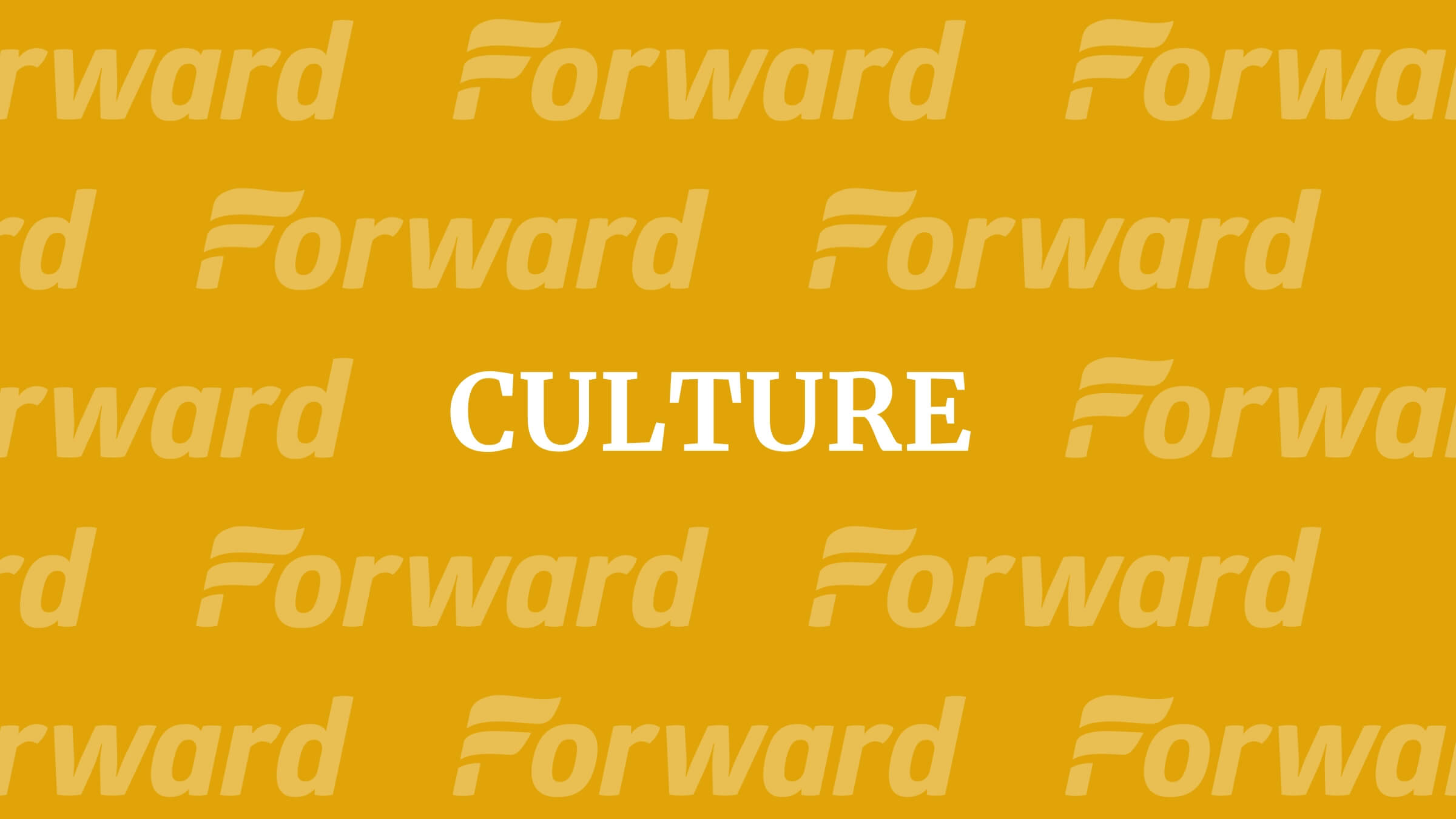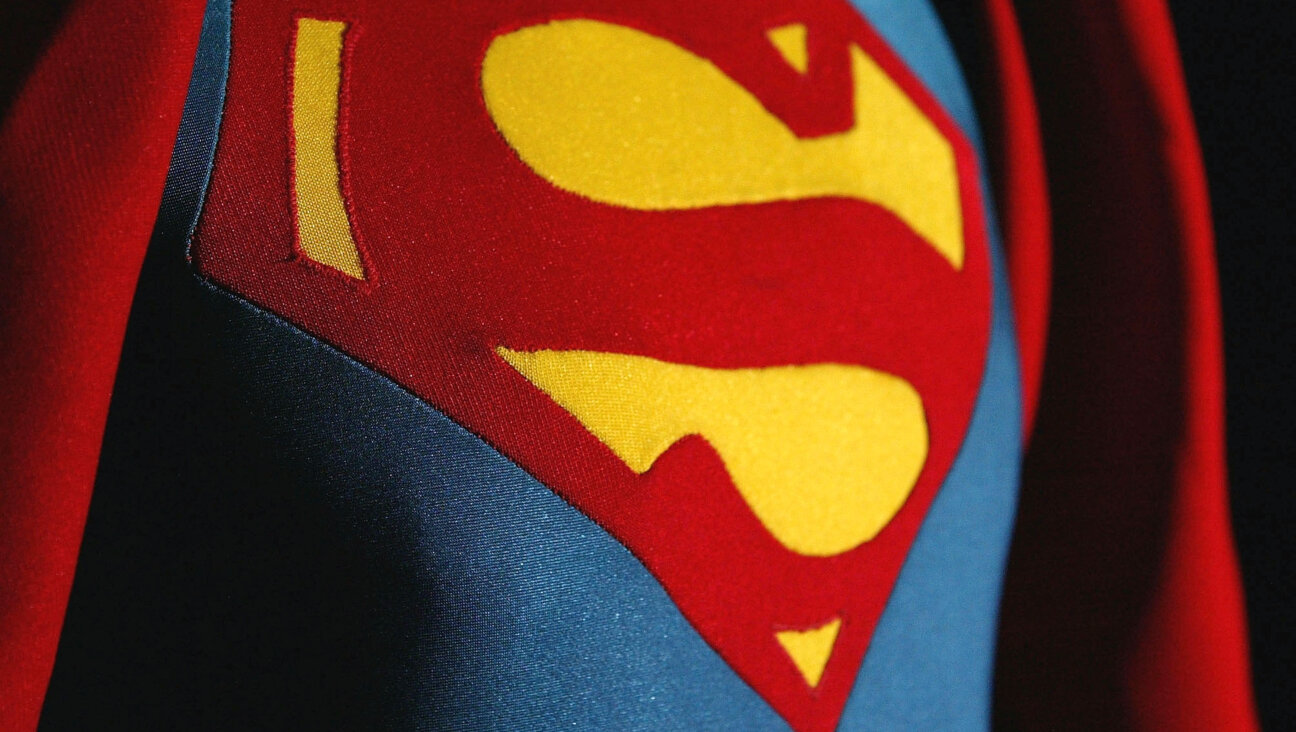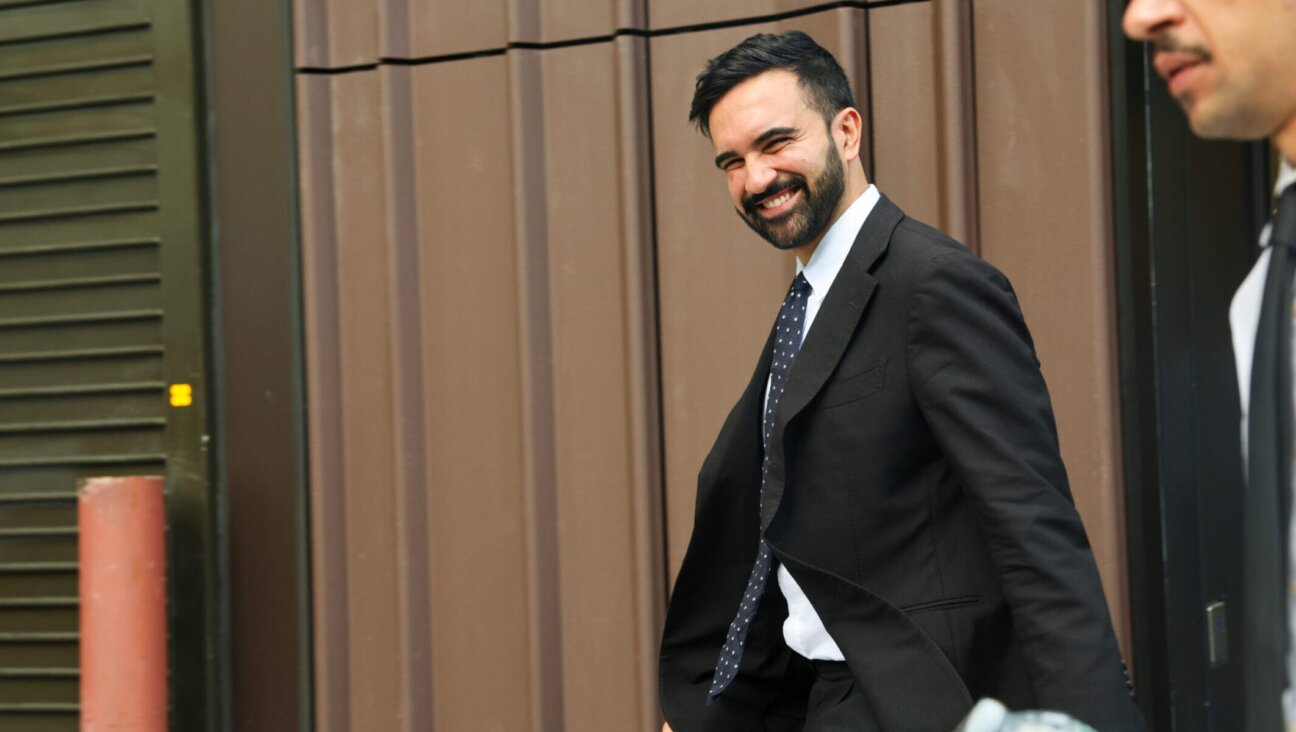Keats’s Prayer for the World to Come

Graphic by Angelie Zaslavsky
Rarely has the presence of the Divine Being been so radically affirmed by the actions of a Wired magazine columnist. Having decided that our own created universe was getting perilously close to extinction, Jargon Watch writer Jonathon Keats set up an altar designed to stimulate the Ineffable One into further acts of creation.
The title “Pornography for God” recalls his equal opportunity 2007 piece “Pornography for Plants” (also known as “Cinema Botanica”) which projects explicit images of plants being pollinated onto plants on the floor in the gallery. From November 12, both pieces will be hosted at alternative arts space Louis V E.S.P. Located on an upper floor of a walkup in Williamsburg, Louis V E.S.P. is at the perfect nexus of belief and hipsterdom.
Rather than the prurient delights of pollination, though, this new installation displays images from CERN’s Large Hadron Collider. The two LHC tunnels, Alice and Atlas, have live online graphic feeds of the experiments where they replicate the Big Bang, and these glow through a ghostly altar in front of which votive candles, incense, flowers and other objects are offered. In the tradition of pornographic exhibitions, the show is intended to excite the Creator by showing acts of creation. “I felt sorry for God,” Keats told me, “monotheism must be lonely.”
Conceptual artist and author Keats says that he is agnostic, standing behind but not implicated in his artwork. His constructions (that have in the past included a temple to science and an experimental attempt to grow God in a petri dish) frame assumptions, allowing people to draw their own conclusions and start their own conversations.
On the face of it, the conversations in this case seem to be ones about the active existence of a Divine Being and the state of repair of this world. However, if we, like Keats, take a step back from the altar something else is actually suggested by the three framing assumptions — that we are destroying our world, that we are replicating the moment of creation and that an Omniscient Being would be swayed by our votive offerings and prayers.
At the heart of each of these assumptions — each of which Keats has adopted from familiar and healthy public discourses and practices — is a deep anthropocentric hubris. With whatever justification, the selfishness of global despoilage, the self-confidence of our science and the potential self-centeredness of prayer are all brought into question by a project that takes the uncomfortable human term “pornography” and says that, shame and all, we are not unique in the universe.
As with much of Keats’ work, the installation, though innocuous in its material form, is highly provocative. Rather than an affirmation of belief, even backhanded, Keats has skillfully played Pascal’s Wager for the new millennium.






















